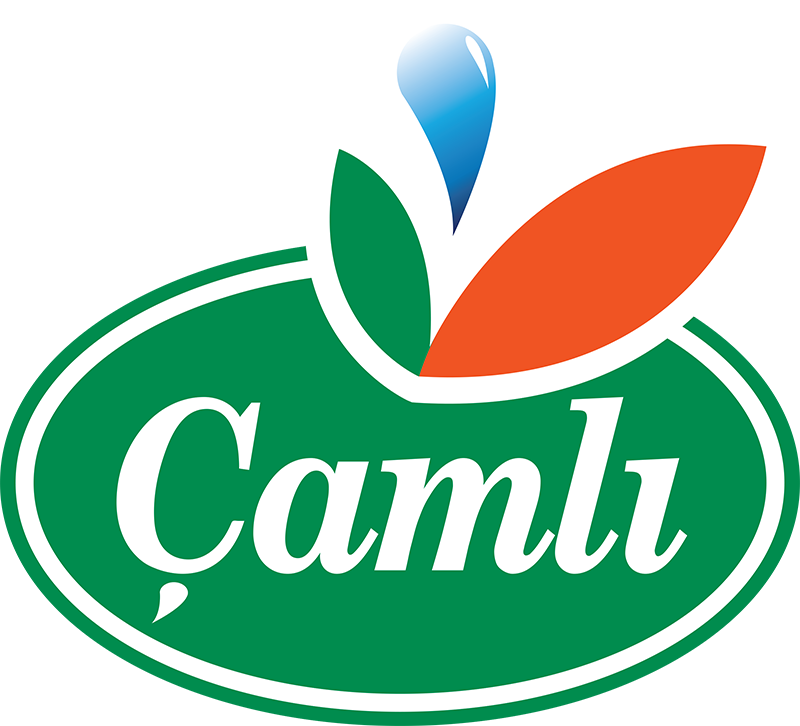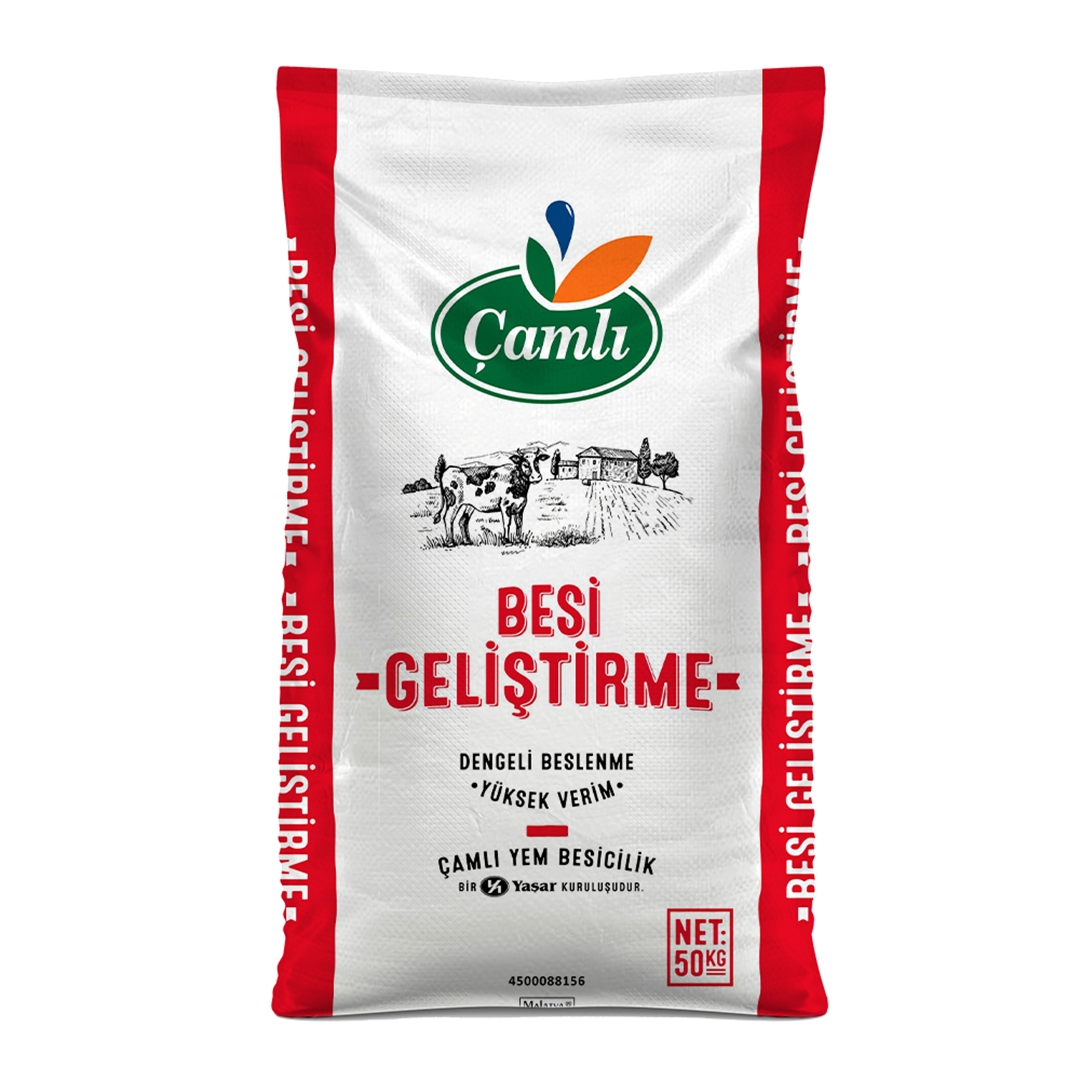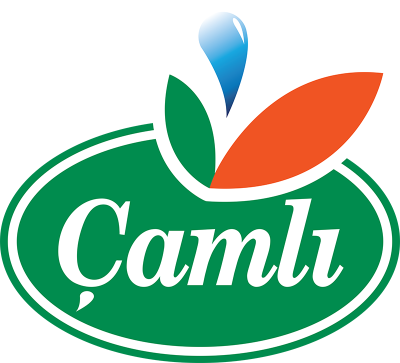Features
- Thanks to the highly digestible raw materials used in its formulation, it positively affects carcass quality and meat yield.
- It is tasty and appetizing.
- Promotes rapid growth and muscle development.
- Has a balanced composition of energy, protein, minerals, and vitamins.
Important Information
- When planning shelters for fattening animals, the dry bedding area should be at least 1 m² per 100 kg of live weight per animal. Additionally, the exercise area should ideally be 1 to 2 times this size.
- For fattening animals in free-range systems, a minimum of 25 cm of feeder space per animal is crucial to prevent competition and ensure free access to feed.
- It is important to provide clean and drinkable water 24 hours a day for fattening animals.
- Fattening animals must have 24-hour access to feed.
- At the start of fattening, it is appropriate to provide 1 kg of concentrated feed per 100 kg of live weight. By the end of fattening, this ratio can be adjusted to a maximum of 1 kg per 50 kg of live weight.
- Animals should be housed in paddocks that are not overcrowded and consist of animals of similar age and live weight as much as possible. Paddock changes should be avoided unless necessary.
- Quarantine paddocks must be available for fattening animals. Necessary preventive vaccination and treatment programs should be implemented.
- When purchasing animals, avoid those with growth retardation, abdominal breathing, severe parasite infestation, or those coming from regions with contagious diseases.
- Combating respiratory problems, which have a high percentage within mandatory slaughter and mortality rates in feedlot operations, is important. Important factors include early detection at the onset of the disease and prompt intervention with an appropriate treatment protocol. To ensure the success of treatment and to closely monitor the response, both temperature monitoring and clinical examinations should be regularly performed. In sick animals, besides necessary examinations and treatments, if the prognosis is poor, a decision for slaughter should be made before excessive live weight loss occurs.
- Vaccination and antibiotic treatments should ideally be administered 3-4 weeks prior to transport at the source location. If this is not possible, these applications should be performed during the quarantine period on the farm.



